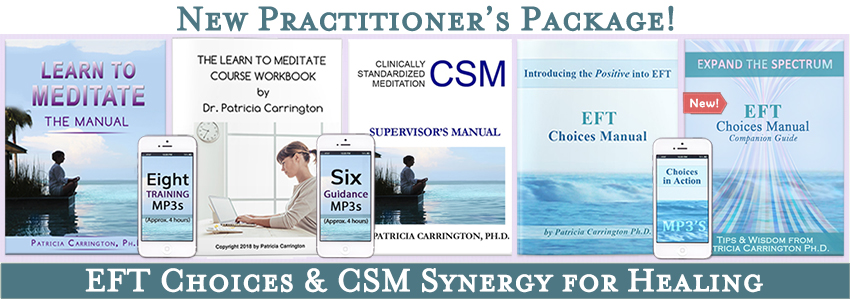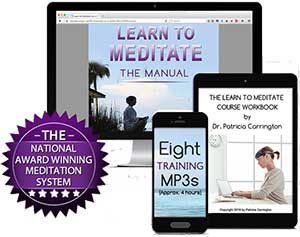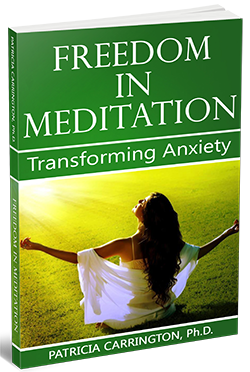Research Reveals the Biological Process of Meditation on Pain
In March 2016, a study on “Mindfulness-Meditation-Based Pain Relief” that was published in The Journal of Neuroscience. In the study, researchers stated that mindfulness meditation is a cognitive technique that can reduce the subjective experience of pain.
Consequently, reason for this is that invoking a meditative state activates the orbitofrontal cortex (OFC); a prefrontal cortex region in the frontal lobes of the brain involved in the cognitive processing of decision-making. A meditative state activates the thalamic reticular nucleus (TRN), and the TRN occupies a striking control position in the brain. It sends inhibitory signals via axons, long threadlike parts of nerve cells, back to the thalamus. Essentially, to the same region of the brain that receives signals of pain.
Pain or reflex sensory impulses travel through general visceral afferent fibers (GVA), from organs, glands, and blood vessels to the central nervous system. The thalamus is the gateway of nearly all sensory inputs to the corresponding cortical areas. Thereby, the activation of the TRN subsequently inhibits thalamic processing to diminish the distribution of pain information throughout the cortex of the brain.
In the study, the researchers demonstrated that the meta-cognitive ability to acknowledge and let go of arising sensations engages a unique, self-facilitated pain regulating system.
Furthermore, the combination of mindfulness-based practices with pain medications/non-pharmacologic pain relief strategies relying upon opioid signaling may be particularly effective in the treatment of pain.
While mindfulness meditation can be beneficial in treating pain, numerous studies show a wide array of benefits associated with it. One study, in particular, focused on the benefits of my Clinically Standardized Meditation (CSM) meditation training.
The Effect of CSM on Decreased Tension
A study on the “Use of Meditation as a Strategy for Stress Management and the Promotion of Wellness in Teachers: an Educational Psychological Study,” was conducted by Gideon Johannes Christiaan Kirsten, B.A., H.O.D. B.A. Hons., M.Ed. (Psyc.) to investigate and evaluate my Clinically Standardized Meditation (CSM) program as a strategy for stress management and the promotion of wellness in teachers.
Both quantitative and qualitative research designs, and research methods were used to investigate the effects that CSM had upon participants’ functioning in all context of their existence – biological, intra-psychic, ecological and metaphysical. The study centered around a group of African teachers. The researchers chose teachers, because the teaching profession is regarded as one of the most stressful occupations across the world.
Participant Reports
In one area of the study, The Effect of CSM on Decreased Tension, meditating participants reported they could manage the physical effects of stress better and experienced improved pain management. Below are some quotes from participant reports:
“If I get still and say my mantra, but I focus upon that aching spot in my body (tension headaches and abdomen pains), then I start to relax and the pain disappears.”
“Because my brain can focus and relax, my body is in a better state. I had less need of back and shoulder massages.”
“If I have pain, I concentrate on the pain during meditation, then I experience that the pain goes away. It really works.”
“Then I have done it (if headaches begin; meditate and focus on pain) and it really helps. It is as if it just goes away. It is as if one ‘thinks’ the pain ‘out’.”
“It happened really heavy, so twice a week I would know that I’ve got a headache, but since I’ve started to meditate, I… only twice, I like had a slight headache, but I was able to stay the whole day without tablets.”
“After I came out (of the hospital – post operative) I didn’t use one pain tablet.”
In Conclusion
Among other areas of the study, the researchers concluded that the experimental group experienced a practical significant decrease in distress arising from perceptions of bodily dysfunction, such as pain and discomfort of muscle systems.
If you suffer from physical pain, I invite you to explore my Clinically Standardized Meditation program. It is simple, safe, and highly effective.
Learn to Meditate with CSM









